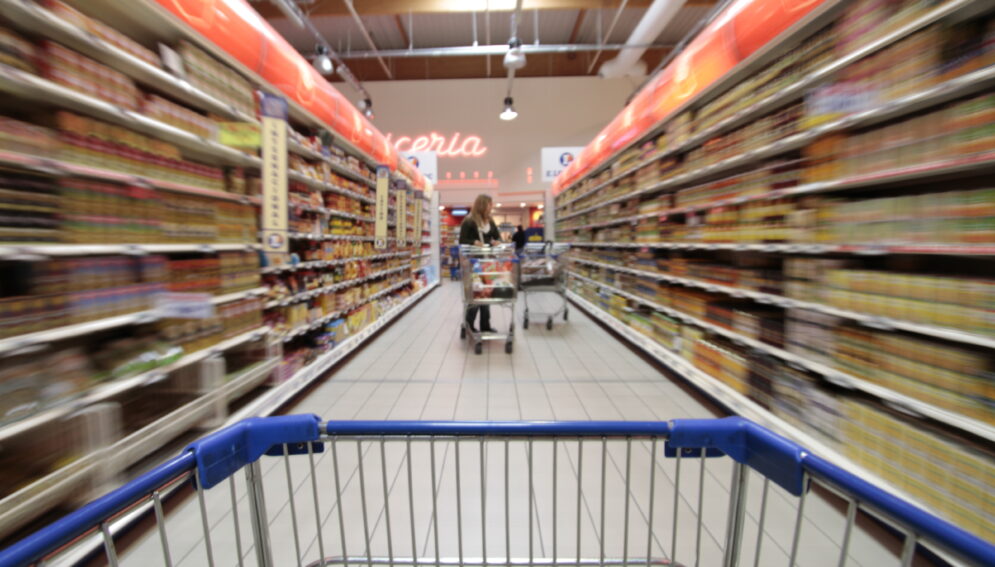ABSTRACT
When stores want to increase their sales or profit margins, they generally use textbook merchandising techniques.
But oftentimes, these techniques do not address the ultimate goal of a retail company: to become the customers’ long-term preferred option. Because if customers don’t come back, no technique will do any good: the shopping trolleys will not even be used. In retailing, the store is the product.
__________
Most retailing courses teach techniques such as the following:
· Engine products – the products that sell the most – should be located at the back of the store. This way, when shoppers are on their way to buy their milk, eggs, yogurt or bread, they see – and possibly purchase – other products.
· Products with the greatest profit margin should be placed at the best-selling height: between eyes and waist levels. The reason for this is simple: the products are more visible and easier to reach out for.
· Impulse purchase products should be located in high-traffic ‘hot spots’ such as the checkout area. As a result, shoppers may consider the purchase of products that were not on the initial shopping list, as it usually happens with candies.
· Highly visible posters and messages that stand out from the shelves (stoppers) should be used to tell shoppers that a product just arrived, that it is recommended, or that it is on sale. When highlighted, shoppers pay more attention to the product and are more likely to buy it.
· Electronic devises can be attached to the shopping trolleys and will highlight certain products (usually those sponsored by the supplier) by the time you pass in front of them. Since these advertisements can be customized, their efficiency increases significantly.
.
The reason behind these techniques
These techniques – as well as many others – can increase an indicator that many companies watch closely: the average amount spent per visit (average ticket value). They are aimed at increasing what is known as cross-selling and up-selling, that means they encourage the purchase of complementary or higher-margin products, respectively.
I have to admit that back in the day when my hair was still black, I also used to explain it like that. But as my hair got greyer, I started to see things from a different perspective.
.
In retailing, the store is the product
These techniques – by themselves -work well and therefore help to increase the weekly sales figures. Nevertheless, the product that a retail business sells is the store itself and hence everything that is or happens in it.
What every company wants is that the customer doesn’t buy at the competitors’ stores: become thus the preferred choice at the moment shoppers decide where to do their shopping. Because of they choose another store none of the engine, high-margin or impulse products will be sold.
Moreover, the gross margin of a shopping trolley – even if slightly increased by the use of the above-mentioned techniques – will not even pay the electricity bill. It is mathematically obvious: retailing is not about a single transaction; it is about getting customers to come back.
Taken to the extreme, these techniques can create a stressful shopping experience. The store might become a place where shoppers are forced to “pass through a tube” or where kids get into fights with their parents each time they see the candy bars next to the cashier. Since shoppers have the right to choose, they might decide to go to stores that are less aggressive, more human, less visually and acoustically polluted, more convenient, or less stressful.
The Aqui é and Sunka supermarkets.
New generation supermarkets (such as Aqui é, Plusfresc and many others) don’t use these techniques any more. They prefer a slightly lower average ticket value if that means that the customers will feel good in their stores and consequently come back.
And this consideration is particularly crucial these days. In times of crisis, my main recommendation would be to try everything possible to assure that the current customers of a store do not fall out of the habit of buying in it… even if it means that the sales or profit margin may suffer a little.
.
Lluis Martinez-Ribes
Source: Distribución Actualidad, the spanish magazine of retailing
(nº 399, February 2009)




